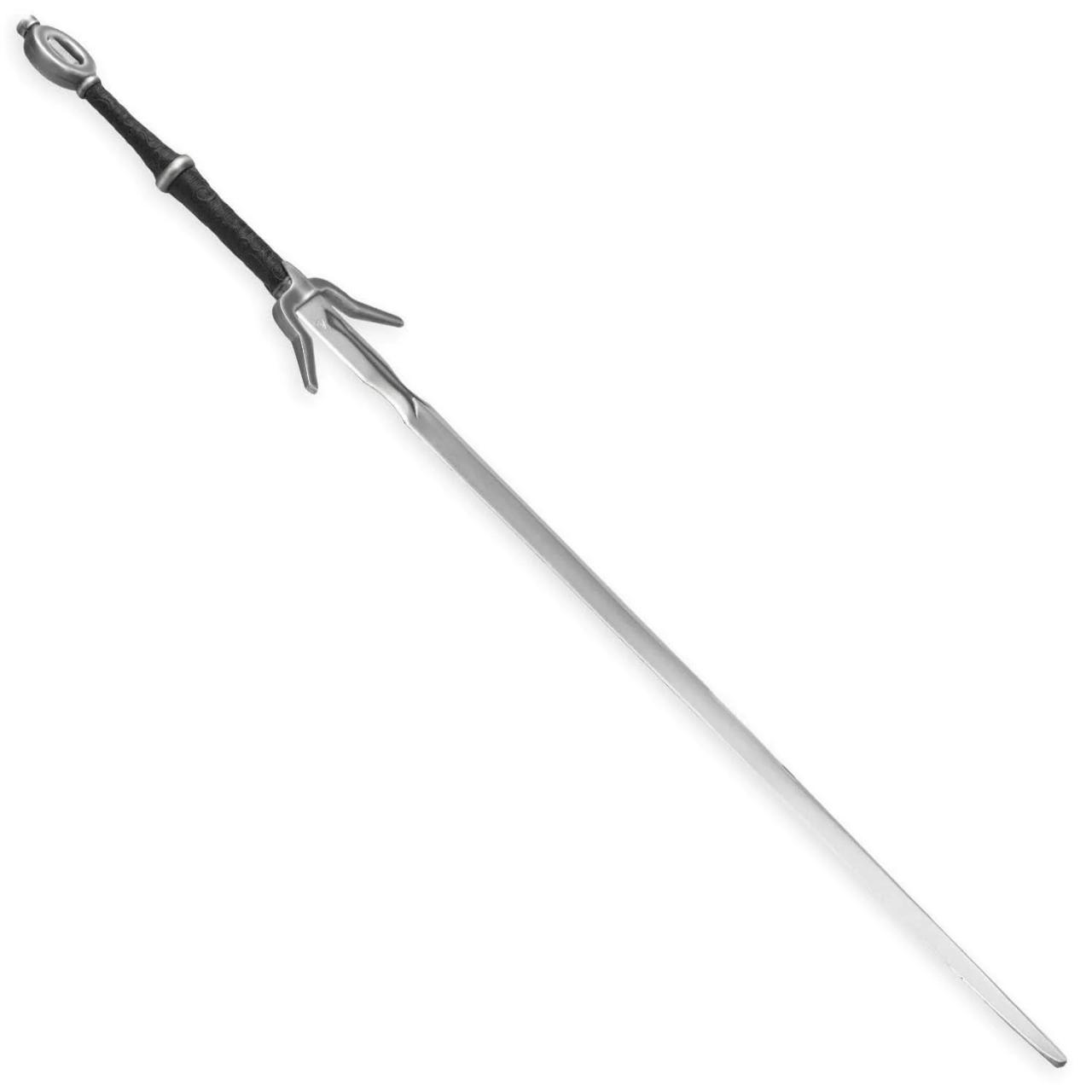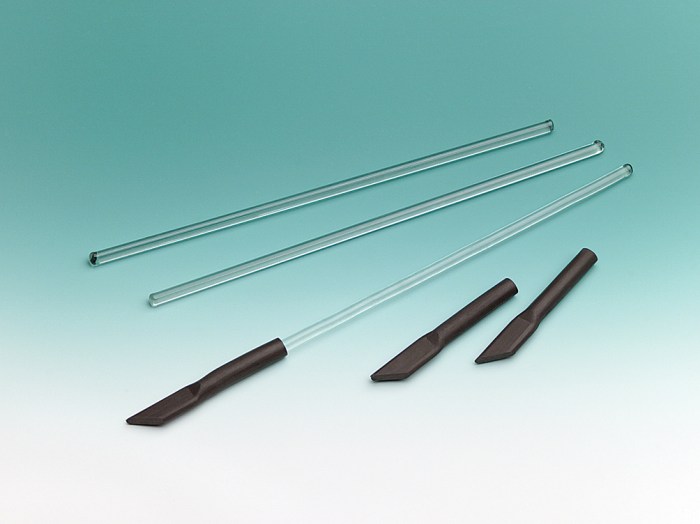Rubber policeman uses in laboratory – Rubber policemen, ubiquitous tools in the laboratory, play a crucial role in various scientific disciplines, from chemistry to biology and physics. These versatile instruments, crafted from durable rubber, are designed to handle delicate tasks with precision and efficiency.
Their unique properties and diverse applications make rubber policemen indispensable for scientists and researchers seeking reliable and effective laboratory tools.
Rubber Policeman’s Role in the Laboratory: Rubber Policeman Uses In Laboratory

A rubber policeman, also known as a policeman or spotting tile, is a laboratory tool commonly used for handling small objects, such as solids, powders, or liquids, in a laboratory setting. It is typically made of a soft, flexible material, such as rubber or silicone, and is designed to provide a gentle and non-abrasive touch.
The rubber policeman serves several important functions in the laboratory:
- Sample Transfer:It is used to transfer small amounts of solids or powders from one container to another, or to spread them evenly over a surface.
- Sample Mixing:It can be used to mix small volumes of liquids or to stir powders.
- Sample Collection:It is used to collect small samples of solids or liquids, such as for analysis or further processing.
- Sample Manipulation:It can be used to manipulate small objects, such as positioning them under a microscope or holding them in place for further processing.
The rubber policeman offers several advantages over other tools for handling small objects:
- Flexibility:The soft, flexible material of the rubber policeman allows it to conform to the shape of the object being handled, providing a secure grip.
- Non-Abrasiveness:The rubber material is non-abrasive, which prevents damage to delicate objects.
- Chemical Resistance:Rubber policemen are typically made of chemically resistant materials, which makes them suitable for use with a wide range of chemicals.
However, there are also some disadvantages to using a rubber policeman:
- Limited Precision:The rubber policeman may not be suitable for tasks that require high precision, such as precise measurements or delicate manipulations.
- Absorption:Rubber can absorb certain chemicals, which can contaminate samples or interfere with analysis.
- Durability:Rubber policemen can become damaged or worn over time, especially if they are used with harsh chemicals or subjected to excessive force.
Materials and Construction of Rubber Policemen
Rubber policemen are typically made from natural rubber or synthetic rubber, such as nitrile or neoprene. Natural rubber is a renewable resource that is derived from the sap of rubber trees. Synthetic rubber is a man-made material that is produced from petroleum.
Both natural and synthetic rubber have good elasticity and durability, making them ideal for use as rubber policemen.
Rubber policemen come in a variety of shapes and sizes. The most common shape is a cylinder with a rounded end. Other shapes include cones, squares, and rectangles. The size of a rubber policeman is typically determined by the size of the vessel it is being used to seal.
Rubber policemen can range in size from a few millimeters to several centimeters in diameter.
The durability and longevity of a rubber policeman depends on the material it is made from and the conditions under which it is used. Natural rubber is more durable than synthetic rubber, but it is also more expensive. Synthetic rubber is more resistant to chemicals and heat than natural rubber, but it is less elastic.
Rubber policemen should be stored in a cool, dry place when not in use.
Techniques for Using Rubber Policemen
Using a rubber policeman effectively requires a combination of proper technique and understanding of its capabilities. Here are some step-by-step instructions, tips, and common mistakes to avoid:
Step-by-Step Instructions, Rubber policeman uses in laboratory
- Prepare the sample:Place the sample on a clean, flat surface. Ensure it is secured to prevent movement.
- Select the appropriate size and shape:Choose a rubber policeman with a size and shape suitable for the sample’s dimensions and texture.
- Apply pressure:Hold the rubber policeman perpendicular to the sample and apply gentle, even pressure. Avoid excessive force that could damage the sample.
- Move in a circular motion:Use a circular motion to gently rub the rubber policeman over the sample’s surface. This helps dislodge and collect debris.
- Inspect the collected material:Periodically lift the rubber policeman and inspect the collected material. This allows you to assess the progress and adjust the technique as needed.
Tips and Tricks
- Use a light touch to avoid damaging the sample.
- Change the angle of the rubber policeman to access different areas of the sample.
- If the sample is particularly delicate, consider using a soft brush or cotton swab instead.
- For larger samples, use a larger rubber policeman to cover more area efficiently.
Common Mistakes to Avoid
- Applying excessive pressure, which can damage the sample.
- Using a rubber policeman that is too small or too large for the sample.
- Moving the rubber policeman too quickly, which can result in poor collection efficiency.
- Neglecting to inspect the collected material, which can lead to missed debris.
Applications of Rubber Policemen in Different Laboratory Disciplines

Rubber policemen are versatile tools used in various laboratory disciplines, each with unique applications and techniques.
The appropriate selection and use of rubber policemen are crucial for efficient and accurate laboratory procedures.
Chemistry
In chemistry, rubber policemen are primarily used for:
- Mixing and stirring solutions and suspensions
- Transferring small amounts of liquids
- Removing precipitates from reaction vessels
- Cleaning glassware
Biology
In biology, rubber policemen are commonly used for:
- Handling and dissecting small organisms
- Transferring cells or tissues
- Preparing slides for microscopy
- Manipulating and shaping biological materials
Physics
In physics, rubber policemen are less frequently used, but they can be useful for:
- Holding small objects for experiments
- Applying pressure or force
- Protecting surfaces from scratches or damage
| Discipline | Primary Applications | Specific Techniques |
|---|---|---|
| Chemistry | Mixing, transferring, removing, cleaning | Stirring, pipetting, filtering, scraping |
| Biology | Handling, transferring, preparing, manipulating | Dissection, cell transfer, slide preparation, shaping |
| Physics | Holding, applying force, protecting | Gripping, pressing, cushioning |
Safety Considerations When Using Rubber Policemen

Rubber policemen are commonly used in laboratory settings for various purposes. However, it is essential to be aware of potential hazards associated with their use and adhere to appropriate safety guidelines to minimize risks.
Rubber policemen are typically made from natural or synthetic rubber, which may contain trace amounts of allergens or chemicals that can cause skin irritation or allergic reactions in sensitive individuals. Additionally, the pigments or dyes used to color the rubber may pose a risk of exposure to toxic substances if ingested or inhaled.
Potential Hazards
- Allergic reactions:Natural rubber latex can cause allergic reactions in individuals with latex sensitivities. Symptoms may include skin rashes, itching, swelling, and difficulty breathing.
- Chemical exposure:The chemicals used in the production of rubber policemen, such as accelerators and antioxidants, may pose a risk of exposure if the rubber is ingested or inhaled.
- Physical hazards:Rubber policemen have sharp edges and points that can cause cuts or punctures if handled carelessly.
Safety Guidelines
- Wear appropriate personal protective equipment (PPE):Wear gloves when handling rubber policemen to minimize the risk of skin contact and allergic reactions.
- Handle with care:Avoid touching the eyes, mouth, or nose when using rubber policemen to prevent accidental ingestion or inhalation.
- Dispose of properly:Dispose of used or damaged rubber policemen according to local regulations to avoid environmental contamination.
li> Store properly:Store rubber policemen in a clean, dry place away from direct sunlight and heat to prevent deterioration.
Importance of Proper Disposal
Improper disposal of rubber policemen can contribute to environmental pollution. Rubber is a non-biodegradable material that can take hundreds of years to decompose. When disposed of in landfills, rubber policemen can leach harmful chemicals into the soil and groundwater. Incineration of rubber can release toxic fumes into the atmosphere.
Therefore, it is crucial to dispose of rubber policemen responsibly through recycling programs or hazardous waste disposal facilities.
Question Bank
What are the primary uses of rubber policemen in the laboratory?
Rubber policemen are primarily used for transferring small amounts of solids, liquids, and powders, as well as mixing and stirring solutions.
What are the advantages of using rubber policemen over other tools?
Rubber policemen offer several advantages, including their flexibility, resistance to chemicals, and ability to reach into narrow spaces.
How should rubber policemen be properly stored?
Rubber policemen should be stored in a cool, dry place away from direct sunlight to maintain their durability and prevent deterioration.